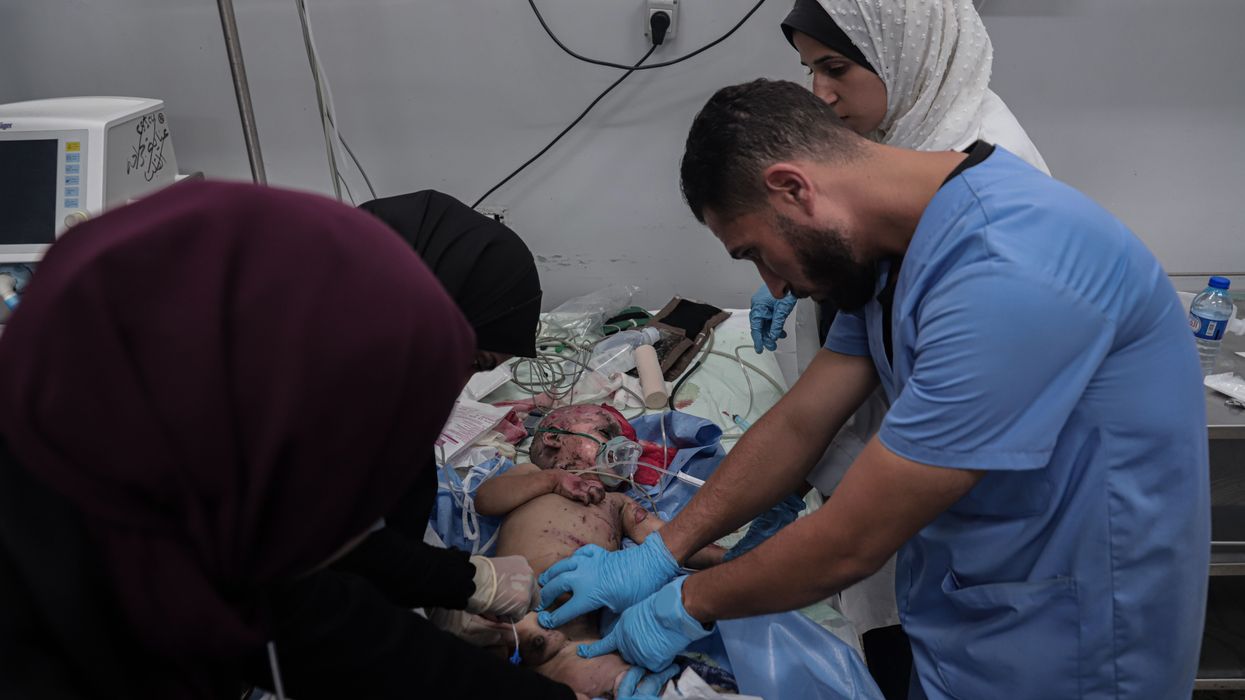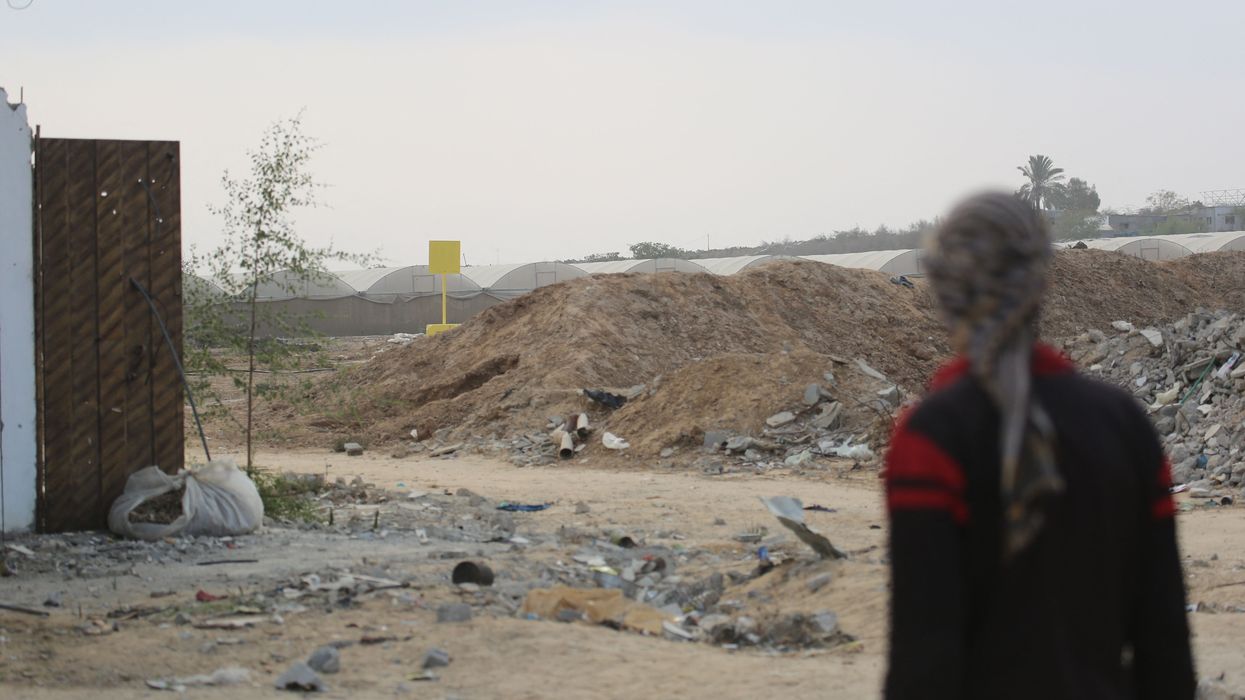Furthermore, how can the proposed "International Stabilization Force" (ISF) operate in Gaza without total clarity regarding its mission? If the ISF ends up serving primarily as an Israeli line of defense, the entire project will collapse before it begins.
Neither Arab nor Muslim countries will seriously engage in subduing Palestinians on behalf of Israel. Any other participating force will inevitably be treated by Palestinians as an occupation force.
If Israel's genocide in Gaza is entirely motivated by the desire to crush the armed groups, then why the continued crushing of the West Bank?
The main obstacle, however, is the fact that Israel has never truly respected the first phase of the ceasefire, which began, in theory, on October 10. Since that date, Israeli forces have killed over 360 Palestinians and wounded hundreds more, while demolishing thousands of residential structures, according to satellite images verified by the BBC.
Worse, Israel has habitually bombed targets beyond the "Yellow Line," which was designated as the Palestinian area where humanitarian aid is allowed to flow and people are meant to return to some kind of normalcy, despite Gaza’s near-total destruction.
Israel is hoping to make the first phase of the agreement a permanent one. This intent is evident in the continued bombings; the prevention of lifesaving supplies and aid; and the constant, unsubstantiated accusations that Palestinians are the ones violating the ceasefire.
It is expected that Israeli Prime Minister Benjamin Netanyahu will make the disarmament of Gaza the main sticking point, knowing in advance that Gaza will not surrender its weapons. He has made this clear and repeatedly so, including on November 15, when he stated that “Hamas will be disarmed—either the easy way or the hard way.”
But what if Gaza agrees to surrender its weapons? Will Israel leave the Palestinians alone? Will the prospects of a just peace and Palestinian freedom increase exponentially? To address this question, let's delve very quickly into three experiences, two from history.
Palestinian and even some Israeli historians have argued that, during the ethnic cleansing of historic Palestine, the Nakba, Israel had the intention of depopulating the country regardless of whether Palestinians resisted or not.
The implementation of Plan Dalet, the operation aimed at expelling the Palestinian population, was in no way related to the method or intensity of Palestinian resistance to Zionist militia violence.
In fact, the framework of that expulsion was predicated on the use of war as a pretext, as opposed to war as a response to Palestinian resistance. “The Arabs will have to go, but one needs an opportune moment for making it happen, such as a war,” wrote Zionist leader and Israel's first prime minister at the time, David Ben-Gurion.
Though some Mukhtars (village leaders) assumed that no resistance meant that they would be spared the same fate as those who resisted, they were wrong. Israeli historian Ilan Pappe writes: "Whereas the official Plan Dalet gave the villages the option to surrender, the operational orders did not exempt any village for any reason."
The same pattern was repeated throughout history. In 1982, after a US-brokered agreement to evacuate Palestinian Liberation Organization (PLO) forces out of Lebanon, the assumption was that their departure would keep the Israeli army from attacking Palestinian civilians.
Indeed, on August 21, 1982, PLO factions began leaving the country, leaving the camps undefended and their Lebanese allies vulnerable. However, Israeli violence in West Beirut had grown, not subsided, leading in September 1982 to the Sabra and Shatila massacre, which killed up to 3,500 Palestinian refugees and Lebanese civilians.
All the promises by Washington, the supposed "guarantees," and the diplomatic language of US envoy Philip Habib, who acted as the president's special envoy, meant absolutely nothing, as Israel helped facilitate one of history's most brutal massacres.
And, of course, there is the ongoing saga of the West Bank itself, which, unlike Gaza, lacks armed resistance infrastructure and is administered by the Palestinian Authority (PA), which operates based on an Israeli-US-Western mandate.
Yet, even before the Gaza genocide, the West Bank's suffering had grown, its land confiscated, entire communities ethnically cleansed, whole refugee camps destroyed, and hundreds of residents killed.
Between October 7, 2023, and late 2025, United Nations and human rights reports indicate that Israeli forces and settlers killed over 1,000 Palestinians in the West Bank, including East Jerusalem (more than 200 children). Thousands more were injured, and Israeli authorities destroyed or confiscated thousands of Palestinian-owned structures, displacing many. Additionally, an estimated 10,000 Palestinians from the West Bank were arrested between October 2023 and August 2024.
If Israel's genocide in Gaza is entirely motivated by the desire to crush the armed groups, then why the continued crushing of the West Bank?
Those who continue to entertain the Israeli narrative regarding Gaza must confront this historical record and acknowledge two crucial, enduring realities. First, Israel's violence is fundamentally driven by its settler-colonial ambitions, not merely by Palestinian resistance. Second, Palestinian resistance is a deeply rooted historical imperative—the native population's determined struggle for self-liberation from foreign occupation.
Only by abandoning the reductionist language that frames Israeli wars as simple responses to armed groups can we arrive at a profound understanding of events in Palestine, Israel's true motives, and the legitimacy of the Palestinian struggle.



